Rising Surgical Procedures
The increasing number of surgical procedures performed annually appears to be a primary driver for the Postoperative Nausea and Vomiting Market. As surgical techniques advance and become more accessible, the volume of surgeries, including elective and emergency operations, continues to rise. According to recent data, millions of surgeries are conducted each year, leading to a corresponding increase in postoperative complications, including nausea and vomiting. This trend necessitates effective management strategies to mitigate these adverse effects, thereby propelling the demand for antiemetic therapies and interventions within the market. The growing awareness among healthcare providers regarding the importance of addressing postoperative nausea and vomiting further emphasizes the need for innovative solutions in this sector.
Advancements in Antiemetic Therapies
The Postoperative Nausea and Vomiting Market is significantly influenced by advancements in antiemetic therapies. Recent developments in pharmacological treatments, including the introduction of new drug classes and formulations, have enhanced the efficacy of nausea and vomiting management. For instance, the emergence of 5-HT3 receptor antagonists and neurokinin-1 receptor antagonists has provided healthcare professionals with more effective options to prevent and treat postoperative nausea. Market data indicates that these advancements are likely to increase the adoption of these therapies in clinical settings, as they offer improved outcomes for patients. Consequently, the ongoing research and development in this area are expected to drive market growth, as healthcare providers seek to implement the most effective treatment protocols.
Increased Awareness of Patient Comfort
The growing emphasis on patient comfort and satisfaction in postoperative care is a notable driver for the Postoperative Nausea and Vomiting Market. Healthcare institutions are increasingly recognizing the impact of postoperative nausea and vomiting on patient recovery and overall satisfaction. Studies have shown that effective management of these symptoms can lead to shorter hospital stays and improved patient outcomes. As a result, hospitals and surgical centers are investing in protocols and training aimed at minimizing these adverse effects. This shift towards patient-centric care is likely to stimulate demand for effective antiemetic treatments, as healthcare providers strive to enhance the overall patient experience during recovery.
Regulatory Support for Antiemetic Drugs
Regulatory support for the approval and use of antiemetic drugs is a crucial driver for the Postoperative Nausea and Vomiting Market. Regulatory agencies are increasingly recognizing the importance of effective nausea management in surgical patients, leading to streamlined approval processes for new therapies. This supportive regulatory environment encourages pharmaceutical companies to invest in research and development of innovative antiemetic solutions. As a result, the market is likely to see a surge in new product launches, which can address unmet needs in postoperative care. The proactive stance of regulatory bodies in promoting safe and effective treatments is expected to significantly contribute to the growth of the market.
Technological Integration in Healthcare
The integration of technology in healthcare practices is transforming the Postoperative Nausea and Vomiting Market. Innovations such as telemedicine, mobile health applications, and electronic health records are facilitating better monitoring and management of postoperative symptoms. These technologies enable healthcare providers to track patient outcomes more effectively and adjust treatment plans accordingly. Furthermore, the use of predictive analytics can help identify patients at higher risk for postoperative nausea and vomiting, allowing for preemptive interventions. As technology continues to evolve, its application in managing postoperative complications is expected to enhance treatment efficacy and patient safety, thereby driving market growth.


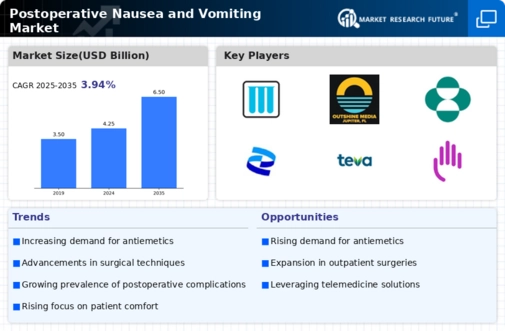
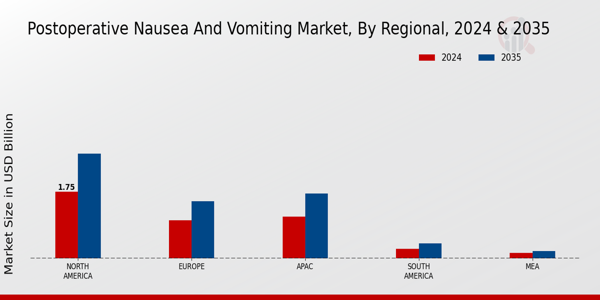
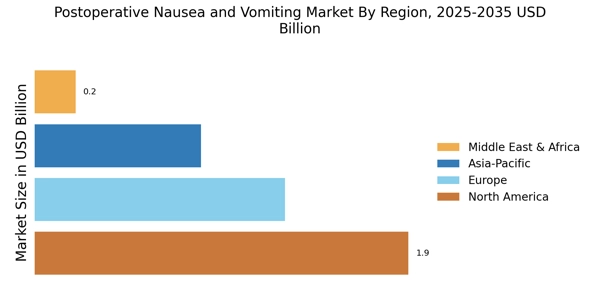

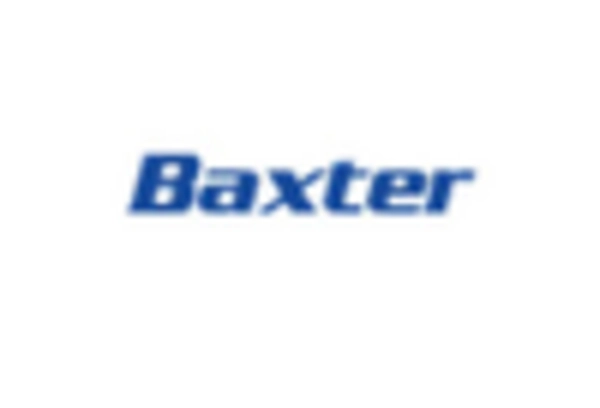
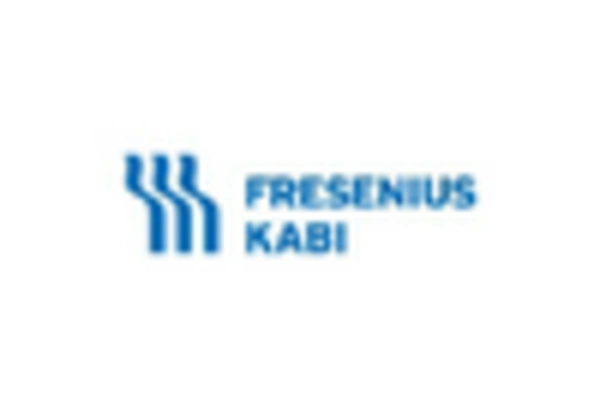











Leave a Comment